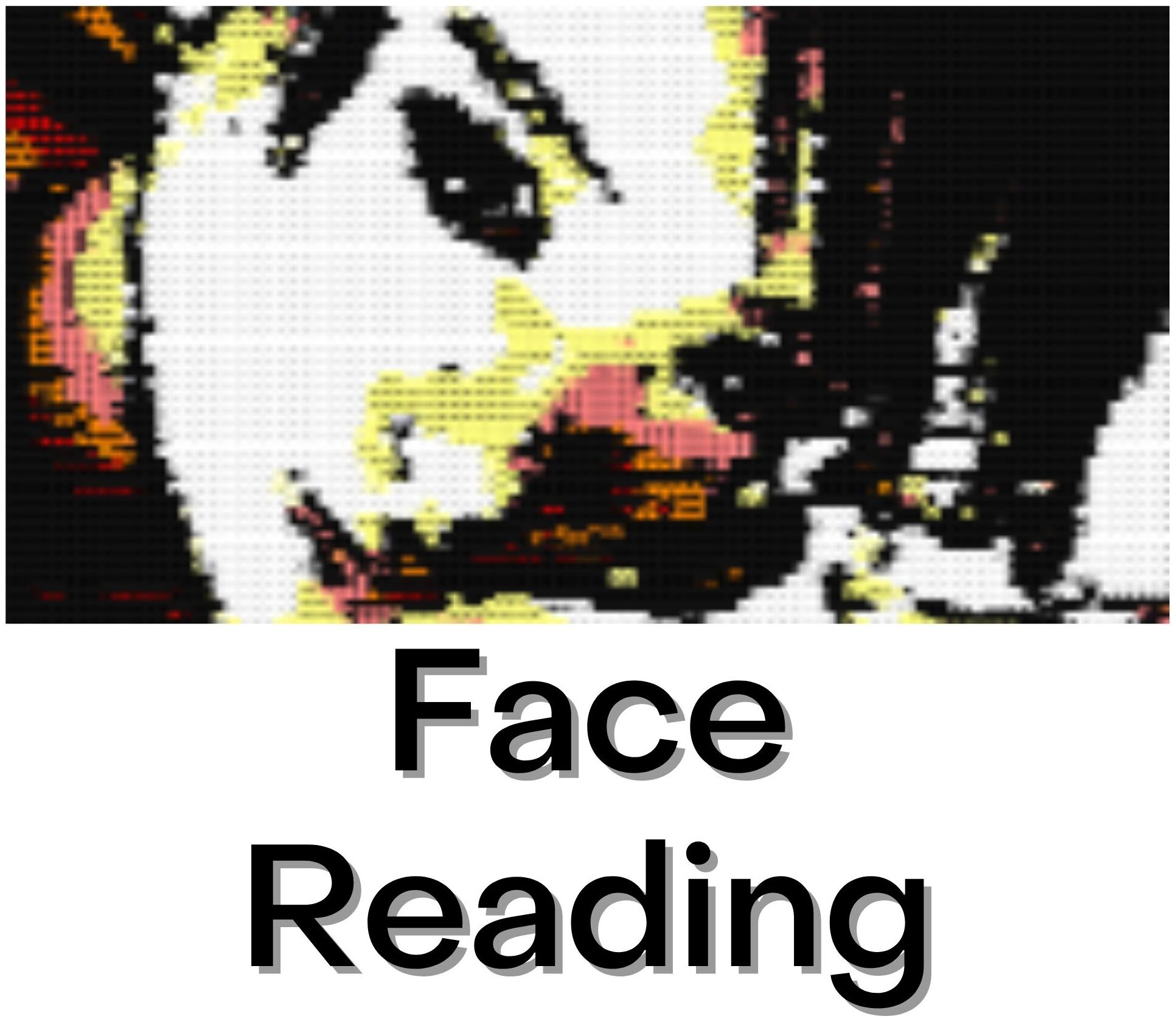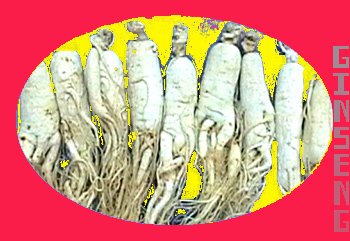
Traditional Chinese Medicine
CENTRAL TO TRADITIONAL CHINESE MEDICINE (TCM) IS THE CONCEPT OF QI (氣), THE PRIMORDIAL LIFE ENERGY.
Qi (otherwise known as Chi, or even Ki (in Japan)) was created at the birth of the Universe, and it sustains us until the end.
 In the mid 1990s I was stoned in my bedroom in Australia, listening to a Drum&Bass mixtape on my Walkman. I hadn't been able to smoke for a long time, and I was hoping to recreate the sublime sessions of my London days. As the snares dropped away, replaced by dreamy synthe, I experienced I felt a shiver surge from my head to my toes, all of my hairs standing up. Momentarily, the batteries inside my Walkman, which was sitting on my chest, went dead, and the music came to a stop. It was if the Qi energy in my body had interfered with the energy in the Walkman batteries, and disrupted its flow. A few seconds later, the batteries came back to life, and the music resumed playing.
However, part of the cassette tape had been erased -- the exact part I was listening to when the battery "blackout" happened. So, I have physical proof that Qi energy exists -- I don't care what the scientists say. Part of that cassette tape had been wiped clean by the radiation coming out of my body. Once we accept that Qi exists, we can begin finding ways to lift its power and improve its flow. This is what acupuncture and Feng Shui are all about.
In the mid 1990s I was stoned in my bedroom in Australia, listening to a Drum&Bass mixtape on my Walkman. I hadn't been able to smoke for a long time, and I was hoping to recreate the sublime sessions of my London days. As the snares dropped away, replaced by dreamy synthe, I experienced I felt a shiver surge from my head to my toes, all of my hairs standing up. Momentarily, the batteries inside my Walkman, which was sitting on my chest, went dead, and the music came to a stop. It was if the Qi energy in my body had interfered with the energy in the Walkman batteries, and disrupted its flow. A few seconds later, the batteries came back to life, and the music resumed playing.
However, part of the cassette tape had been erased -- the exact part I was listening to when the battery "blackout" happened. So, I have physical proof that Qi energy exists -- I don't care what the scientists say. Part of that cassette tape had been wiped clean by the radiation coming out of my body. Once we accept that Qi exists, we can begin finding ways to lift its power and improve its flow. This is what acupuncture and Feng Shui are all about.
Yin & Yang
THE POLARITY of the Universe is perfectly expressed in the famous Taoist Yin/Yang symbol, in which darkness and light crash upon each other as waves, and embrace each other like lovers. Neither side is stronger than the other; neither side is absolute -- even in the heart of darkness there is a point of light. The moral extremists who are seizing power in the world would do well to contemplate this sacred symbol. Good and bad are intertwined, and rapidly give way to each other, just as summer crashes all over winter, and consumes it. The cycle of life is dynamic, always changing. This can be seen in every aspect of the Cosmos.
 While yang is expanding, yin (陰) is contracting. Yang is Heaven, and yin is the Earth. Yang is the sun, and yin is the moon... and so on and on, into every smaller units of division, and separation. "Yang stands for peace and serenity; Yin stands for confusion and turmoil," wrote the mythical Yellow Emperor, during the third millennium BCE. "Yang stands for destruction; Yin stands for conservation. Yang brings about disintegration; Yin gives shape to things..."
While yang is expanding, yin (陰) is contracting. Yang is Heaven, and yin is the Earth. Yang is the sun, and yin is the moon... and so on and on, into every smaller units of division, and separation. "Yang stands for peace and serenity; Yin stands for confusion and turmoil," wrote the mythical Yellow Emperor, during the third millennium BCE. "Yang stands for destruction; Yin stands for conservation. Yang brings about disintegration; Yin gives shape to things..."
 YANG MANIFESTATIONS
YANG MANIFESTATIONS
Will to Power (Nietzsche)
Light
Heaven
Day
The Sun
Summer
Spirit
Fire
Men
Women (in menopause)
Male
Children
Meat
Black Tea
 YIN MANIFESTATIONS
YIN MANIFESTATIONS
Resistance
Darkness
The Earth
Night
The Moon
Winter
Water
Female
The Body
Adults
Vegetables
Green Tea
As green tea is steeped in water, and since both tea and water are yin, then green tea is yin as well. Since black tea is roasted in fire as part of its consumption, it is partly yang, but not as yang as roasted meat. At every more atomic scales, the polarity plays out, down to the proton, and the electron. Then again, possibly particle physics is too "Western" a metaphor to use when describing this divisibility. String theory, which posits that electrons and protons and the like are one unified vibrating loop of energy, seems closer to the mark.
The 5 Movements
THE FIVE Elements are known in China as the Wu Xing (五行), which literally means "the Five Movements or Phases". The choice of the Chinese character 行 (movement) in this name is a deliberate one, and important: in contrast to the Western elements which are more or less fixed (especially the atomic elements!), Chinese elements are constantly in motion, consuming each other, and transforming into their opposites, in the eternal dance of yin/yang polarities.
Wood (木) is the first element of the Wu Xing (if there can be said to be a first!), and brings with it the energy of saplings, buds, birth, spring and new starts. Rub two pieces of wood together, and from the friction Fire (火) is born. Fire burns down to the Earth (土), which ultimately compresses into Metal (金), the hardest element of all.
Since the body is a microcosm of the macrocosm, each element is associated with a specific organ. Wood is the element of the liver, while air is associated with the lungs (naturally enough). Fire governs the heart and small intestines.
The kidney is said to be the original organ of the body, and the source of Qi . Kidney yin is the primordial yin, and serves the entire body. The ethereal soul (Po) is said to reside in the lungs and is responsible for the physical processes of the body. That might explain Jonsi's fascination with angels and breathing! Ginseng stimulates the spleen, allowing it to better nourish all of the other viscera. The Chong Mai (衝脈) originates between the kidneys, and is known as the "Penetrating Pulse".
The Origin of Taste
ADD MOISTURE to Earth, and sweetness (sugar) is born. Burn soil, and bitterness is the result. Alcohol, made from fermented sugar, is in fact classed as sweet-bitter in taste according to traditional Chinese thought. Perhaps it is because fermentation is a kind of fire??? it is an interesting idea. There is a kind of logic to this game if you learn to play it. Sweetness is associated with the spleen but excessive consumption can cause dampness in the body.

 RECOMMENDED WEBSITES & WEBLOGS
RECOMMENDED WEBSITES & WEBLOGS
» 9 Star Ki
» Chinese Herb Info
» Giovanni Maciocia Online







